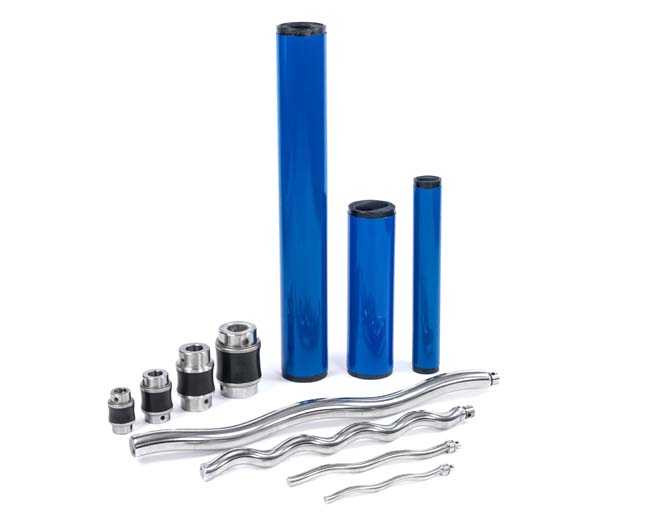Are you facing any kind of performance issues when operating your progressive cavity pumps? Are they not running as efficaciously as before? Then, it’s the time for you to do a detailed inspection and conduct a failure analysis to render the right kind of repairing or troubleshooting. So, the question is, where to start and how to go about it? Being one of the most important components in progressive cavity pumps, the condition of the stator must be inspected and analyzed before going further with any other major inspections. Since the pumps are generally put to operation for displacing highly viscous, abrasive, and/ or corrosive substances, the stator of the pumps suffer wear and other damages at different rates. Even a minor issue with the stator drastically affects the overall performance and functioning of the progressive cavity pumps. In this post, we will discuss how to go about inspecting the interior and exterior of stator.
Information to be collected during the Inspection of Progressive Cavity Pump Stator
In an unfavorable operational environment, the stator in the pumps may get damaged or stuck, thereby causing several performance issues. Conducting a thorough inspection really helps to preemptively identify the issue in order to render appropriate repairing/revamping services. Exterior inspection of the stator covers and provides information on the following:
- Serial number of the stator and the type of material used in its construction
- Presence of any kind of foreign materials, for instance, paraffin or sand particles
- Stator pull conditions
- Swelling of the elastomer used
On the other hand, interior inspection of the stator includes the following:
- Measuring the dimensions of the stator elastomers
- Measuring the hardness of the elastomer to detect the swelling
- Analyzing the wear behavior
- Analyzing the rate of resistive heat generated in the stator windings
- Analyzing the extent of abrasion damage and material deterioration.
Upon collecting the aforelisted information, the following components of the stator are inspected thoroughly. The following stator components are checked and categorized with the extent of damage under three categories as minor, moderate and severe.
- Housing for fracture or corrosion
- Elastomer for wear, swelling, blisters, hardness, tear, contamination, scratches/grooves, brittle, or burn
- Coupling for damages
- Tag bar for any kind of missing, or fracture
Once the inspection is done, the person involved will formulate a detailed report indicating the extent of the stator damage. The report encompasses photographs of the parts, which helps the troubleshooting or repairing person assess the damage. If the damage level is simple to moderate, then the right servicing or troubleshooting is performed to regain the operational excellence of the stator. However, if the damage is beyond repair, then replacing the element immediately would be the wisest decision. It is important that you source these spare parts from the manufacturer or a trusted provider of OEM parts or aftermarket spares. MXQ is one of the most reliable distributors of Bornemann, Netzsch, and Moyno equivalent progressive cavity pumps, and their spare parts.


